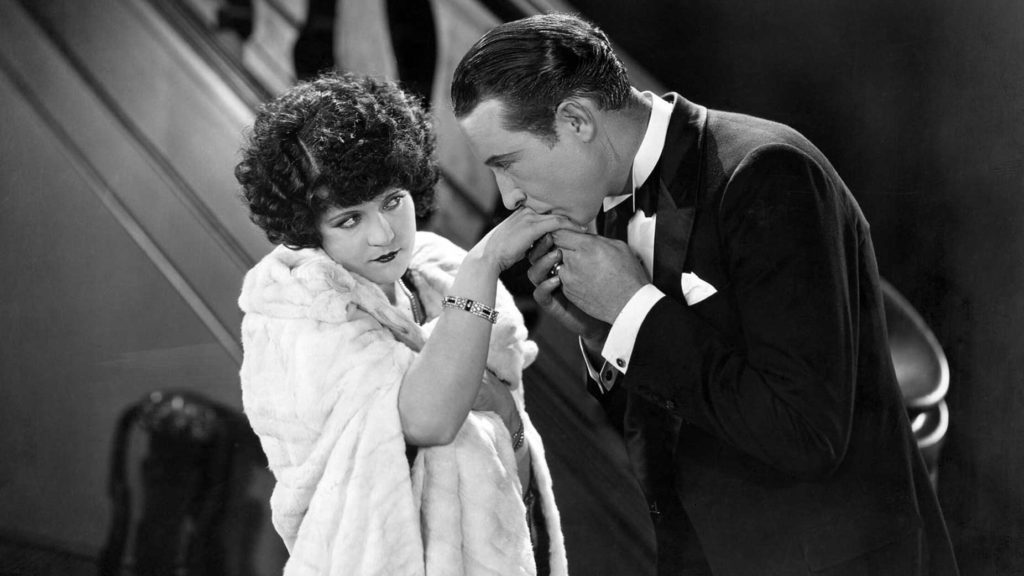Saturday, August 6 at 7:00 PM — Music Box Theatre — 3733 N. Southport Ave
Tickets: $12 at the door or purchase in advance

THE MARRIAGE CIRCLE
Directed by Ernst Lubitsch • 1924
You can take Ernst Lubitsch out of Europe, but you can’t take Europe out of Lubitsch. Even before he emigrated to America, Lubitsch was the rare director whose name meant something to audiences and exhibitors, synonymous with lavish costume pictures that marshaled thousands of extras with geometric precision. Mary Pickford brought him to Hollywood to make that kind of picture for her, but the acrimonious production of Rosita nearly sunk his career. His second American picture, The Marriage Circle, was a strategic reset, a stripped-down chamber piece that set the template for the rest of his career. Set in a contemporary Vienna of workaday decadence, The Marriage Circle follows a quintet of professionals and their wives as they stray and wander back ’round. Professor Stock (Adolphe Menjou) and his wife Mizzi (Marie Prevost) enjoy a relaxed rapport of domestic tranquility, give or take a hole in his socks. But when Mizzi learns her best friend Charlotte (Florence Vidor) has moved to Vienna with her hunky husband (Monte Blue), things become less tranquil and everyone finds themselves up to their ears in romantic entanglements. The result was met with ecstatic industry acclamation. “This picture marks an epoch in film direction,” proclaimed Variety. “It is possibly the first time any director has had the nerve to put a farce comedy on the screen, play it legitimately, and get laughs.” Preserved by The Museum of Modern Art with support from The Film Foundation. (KW)
85 min • Warner Bros. • 35mm from the Museum of Modern Art
Live musical accompaniment by Dennis Scott
Preceded by: tba
NEXT UP: The Green Ray on Wed 8/10 at 7:30 PM @ NEIU
